Astroscale raised an additional funding of $51 million from a group of investors, bringing the total capital raised to $191 million, the Japanese orbital debris removal company said today.
This latest round makes Astroscale the most funded on-orbit services and logistics company globally and most funded space venture in Japan, the Tokyo-based company said.
The investment raised since its founding in 2013 has allowed Astroscale to establish a global footprint across five countries and grow to over 140 team members, Astroscale said. “Each of the five global offices are working in concert to achieve the Astroscale mission of safe and sustainable development of space for future generations.”
Luxembourg, 13 October 2020. – Astroscale raised an additional funding of $51 million from a group of investors, bringing the total capital raised to $191 million, the Japanese orbital debris removal company said today.

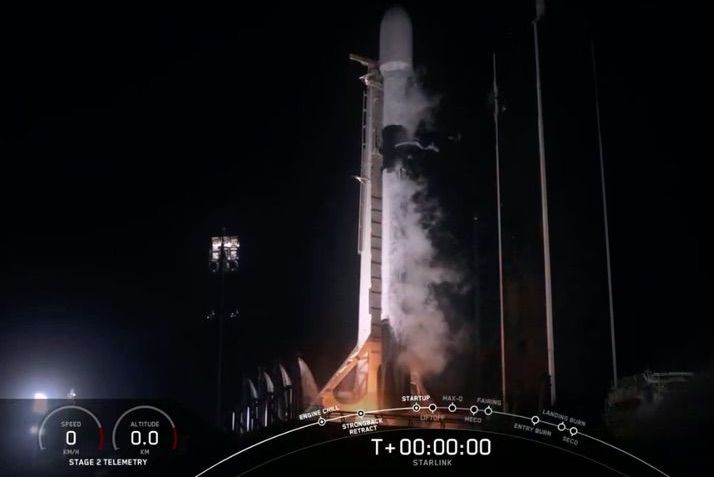
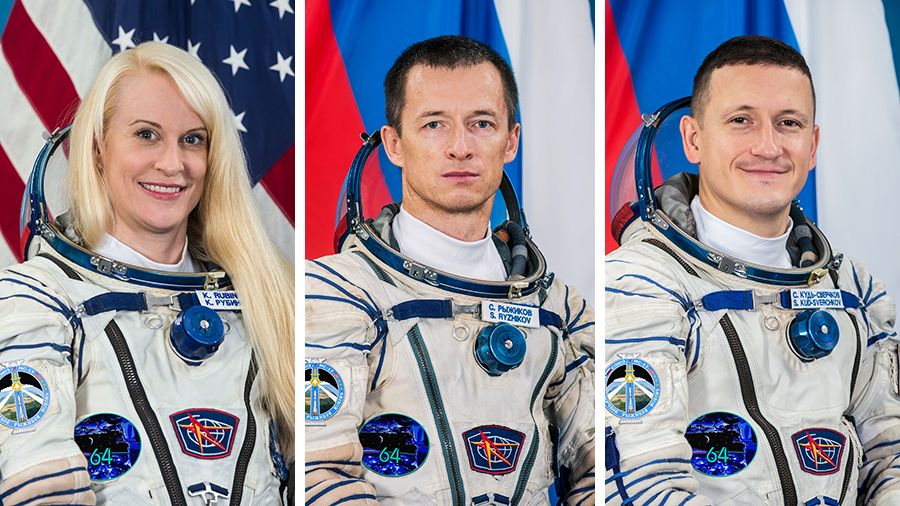
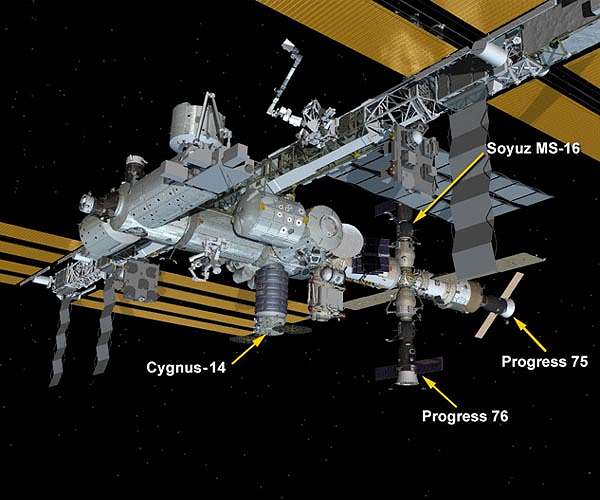
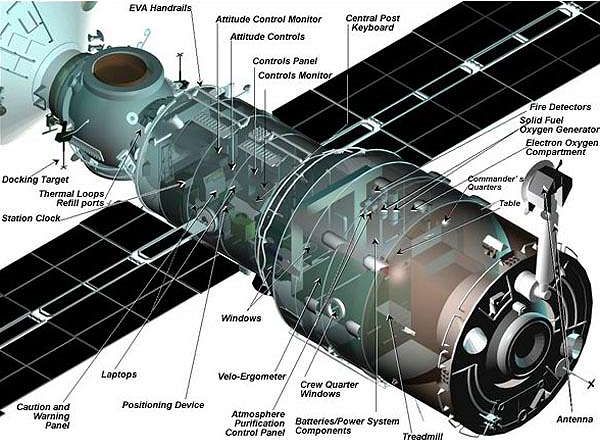

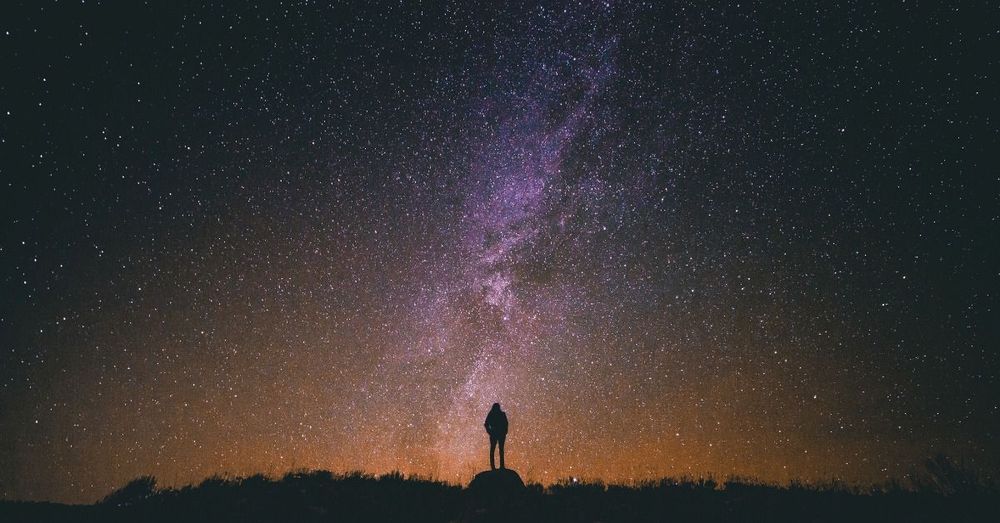
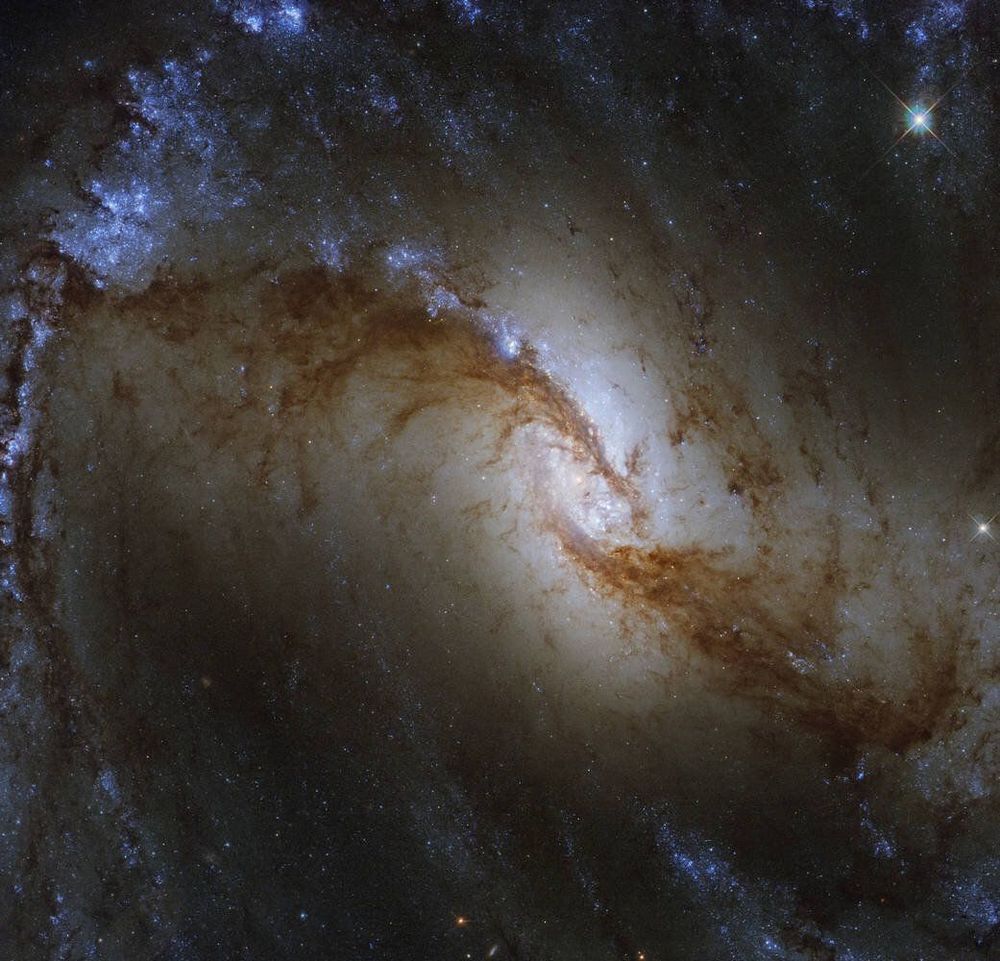
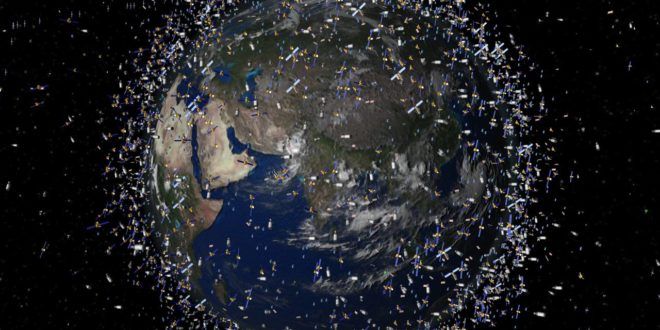
 As part of the partnership between SpaceWatch. Global and Joint Air Power Competence Centre, we have been granted permission to publish selected articles and texts. We are pleased to present “Space Situational Awareness Together We Stand, Divided We Fall”, originally published in the Joint Air Power Competence Centre Journal 30.
As part of the partnership between SpaceWatch. Global and Joint Air Power Competence Centre, we have been granted permission to publish selected articles and texts. We are pleased to present “Space Situational Awareness Together We Stand, Divided We Fall”, originally published in the Joint Air Power Competence Centre Journal 30.